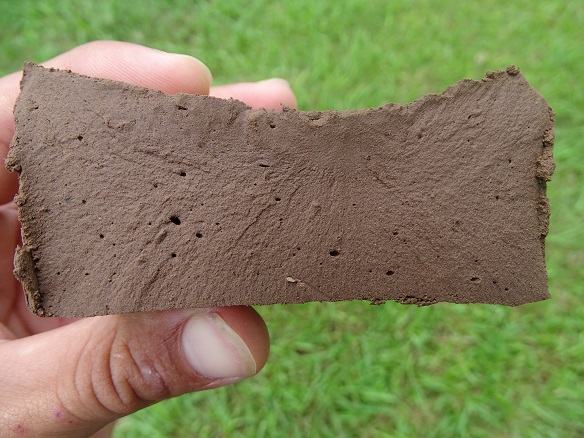Fertility and soil quality index of the San Pedro river basin in Nayarit
DOI:
https://doi.org/10.28940/terra.v39i0.766Keywords:
cambisols, fluvisols, alluvial soilsAbstract
The agricultural area of the San Pedro River basin in Nayarit is a coastal plain with alluvial soils, subjected to flooding, deposition and different processes that control nutrient input and soil fertility. The objective of this investigation was to evaluate soil properties to diagnose fertility and determine the soil quality index considering the parameters pH, MO, N, P, K, CIC, Ca and Mg. Samples were carried out at 30 cm in depth in 38 sites in June 2017 and 45 in 2018; pH, EC, texture, Da, CO, MO, inorganic N, P, CIC and interchangeable bases were measured. The mean, maximum and minimum values were pH 5.78, 8.15 and 3.28; MO 1.58, 3.02 and 0.65%; inorganic N 22.5, 43.6 and 3.5 mg kg‑1; P Olsen 32.5, 67.4 and 1.4 mg kg‑1; K 0.45, 0.80 and 0.10 cmolc kg-1, respectively. The average EC was 1.39 dS m-1 and indicate that no salinity problems existed; 73% of the sites were from sandy to loamy texture. The Soil Quality Index (SQI) indicated that the basin had a medium fertility level; average SQI was 0.64; 17% of the sites had low fertility with pH from 3.28‑5.40, MO 0.81-1.20%, N 10-20 and P 5-10 mg kg‑1; 42% medium, pH 6.41-7.30, MO 2.01‑2.50, N 40-60 and P 15-20 mg kg-1; 36% moderately high, and 5% high with pH 8.20-8.80, MO 3.01-4.00, N 100-150 and P 25‑35 mg kg-1. The SQI distribution showed that in the upper plain, soils were from low to medium fertility; in the intermediate and low plains from medium to high fertility, and in lower elevation parts, fertility was limited by the interaction between the continental and marine systems that salinize soils.
Downloads
Publication Facts
Reviewer profiles N/A
Author statements
- Academic society
- Terra Latinoamericana
- Publisher
- Mexican Society of Soil Science, C.A.

















